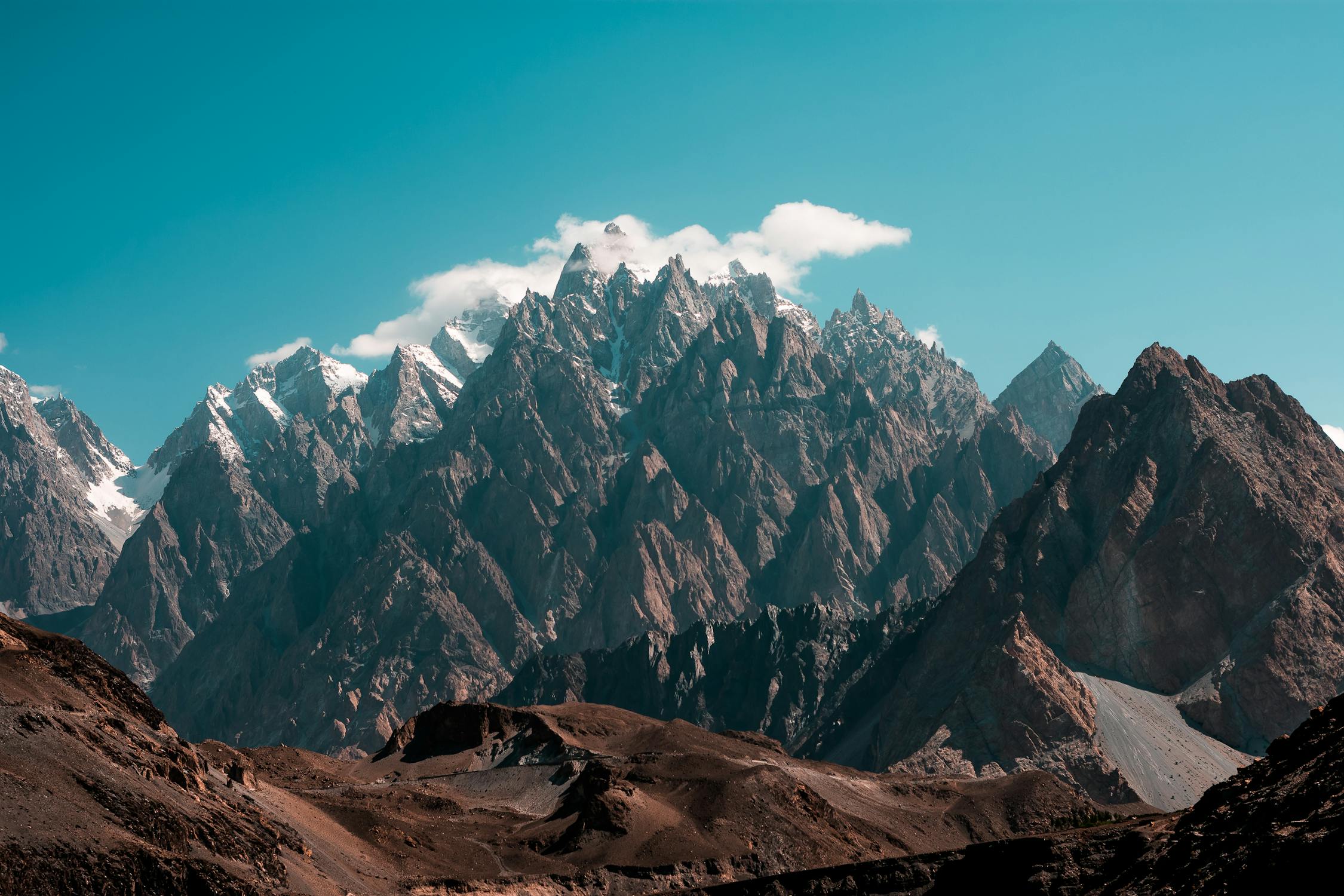Nag Tibba, also known as the “Serpent’s Peak,” is a captivating trekking destination in Uttarakhand. Standing at an elevation of 3,022 meters (9,915 feet), it offers awe-inspiring views of the Himalayas and serene natural beauty. Understanding the Nag Tibba temperature is vital for planning your adventure, as the conditions change dramatically across seasons.
Nag Tibba Weather Overview
Nag Tibba’s weather varies from pleasant summers to snowy winters. Its high-altitude location ensures cooler temperatures, making it an ideal year-round retreat for trekkers.
Seasonal Weather and Temperature at Nag Tibba
Summer (April to June): The temperature ranges between 10°C and 25°C during the day, with nights dipping to 7°C. The trails are clear, and the lush greenery, coupled with blooming flowers, makes summer one of the best times to visit. Beginners and families find this season ideal due to its comfortable weather.
Monsoon (July to September): Monsoons bring rainfall, with temperatures hovering between 10°C and 20°C. The trails become muddy and slippery, increasing the difficulty. However, the monsoon enhances the natural beauty, with vibrant greenery and misty landscapes. Adventurous trekkers willing to brave the rains will find it rewarding.
Autumn (October to November): The temperature in autumn ranges from 5°C to 18°C during the day and drops to 2°C at night. With clear skies and dry trails, this season is perfect for trekking. The post-monsoon freshness and unobstructed Himalayan views make autumn a favourite among trekkers.
Winter (December to March): Winter transforms Nag Tibba into a snowy wonderland. The temperature ranges from 0°C during the day to as low as -7°C at night. Snowfall peaks in January and February, creating a magical trekking experience. However, it requires preparation with proper winter gear and clothing.
Best Time to Visit Nag Tibba
Nag Tibba is accessible year-round, but the best season depends on your preferences. Summer and autumn are ideal for beginners, offering clear weather and safe trails. Winter is perfect for those seeking a snowy adventure, while monsoon caters to trekkers who enjoy challenging conditions amidst lush landscapes.
Month-by-Month Temperature and Weather
January: -7°C to 5°C – Cold, with heavy snowfall
February: -5°C to 8°C – Snowy, with sunny intervals
March: 0°C to 12°C – Mild, with melting snow
April: 5°C to 18°C – Warm, with blooming flora
May: 10°C to 22°C – Sunny and pleasant
June: 12°C to 25°C – Warmest month, with clear skies
July: 12°C to 20°C – Rainy and humid
August: 12°C to 20°C – Lush greenery, moderate rainfall
September: 10°C to 18°C – Post-monsoon freshness
October: 5°C to 15°C – Cool and clear
November: 2°C to 12°C – Chilly and dry
December: -5°C to 8°C – Cold, with early snowfall
How to Prepare for Nag Tibba Weather
Pack light but layer appropriately based on the season. In summer, carry breathable clothes with a light jacket for cooler evenings. For winter, thermal wear, insulated jackets, gloves, and woollen caps are essential. Rainproof gear is necessary for monsoon treks. Sturdy trekking shoes with good grip are crucial for all seasons. Always carry adequate water, sunscreen, and a first-aid kit.
Nag Tibba Weather Highlights
Nag Tibba offers stunning experiences in all seasons. Summer and autumn guarantee crystal-clear Himalayan vistas. Winter’s snow-covered trails provide thrilling adventures. The monsoon adds a lush, mystical aura to the surroundings. Whether you’re a beginner or an experienced trekker, the weather conditions cater to diverse preferences.
Conclusion
Nag Tibba is a year-round destination, each season offering unique charms. Whether it’s the vibrant summer landscapes, the crisp autumn air, or the snowy winter paths, understanding the Nag Tibba temperature and Nag Tibba weather ensures a safe and enjoyable trek. Plan your visit to this serene retreat and let the changing seasons create unforgettable memories.

